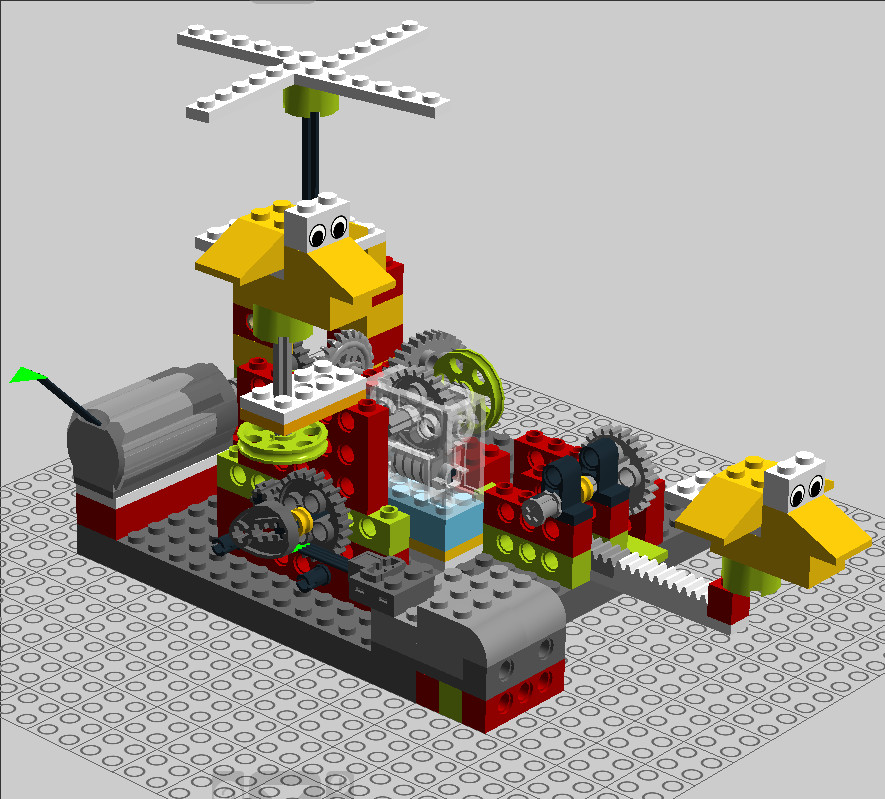


It also includes the WeDo 2.0 Core software, which lets kids program through a drag-and-drop graphical user interface. The platform includes a Bluetooth low-energy Smarthub element an electronic building brick that is part of the LEGO Power Functions (LPF), a new technology platform for LEGO Education and one motor, one tilt, and one motion sensor. “They represent an immersive experience that instills a deeper understanding of the scientific method and evidence-based reasoning.” “These science lessons do more than just teach students facts to memorize,” Marlow said. Other projects let students discover the surface of Mars with a model rover, or explore the Amazon rainforest through frog metamorphosis. “Teachers know that science and technology skills are crucial for today’s elementary school students, but providing engaging projects that mean something in the real world is a challenge,” said Jeffrey Marlow, a geobiologist at Harvard University and founder of The Mars Academy education and development program, in a statement. Students can prototype solutions where there isn’t just a single right answer. In the “Drop and Rescue” project, students have to design a device to reduce the impacts of a weather-related hazard on humans, animals, and the environment.


 0 kommentar(er)
0 kommentar(er)
